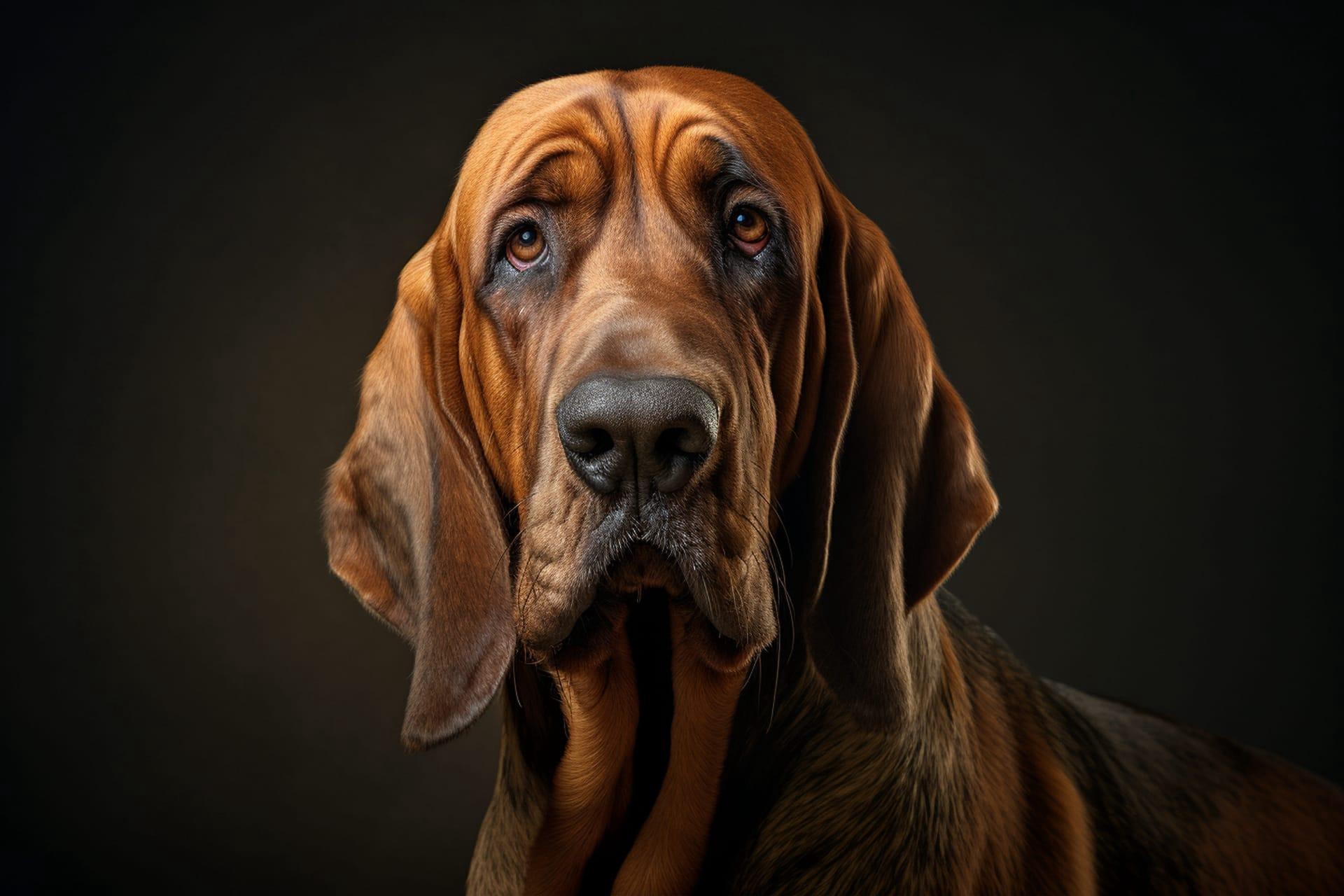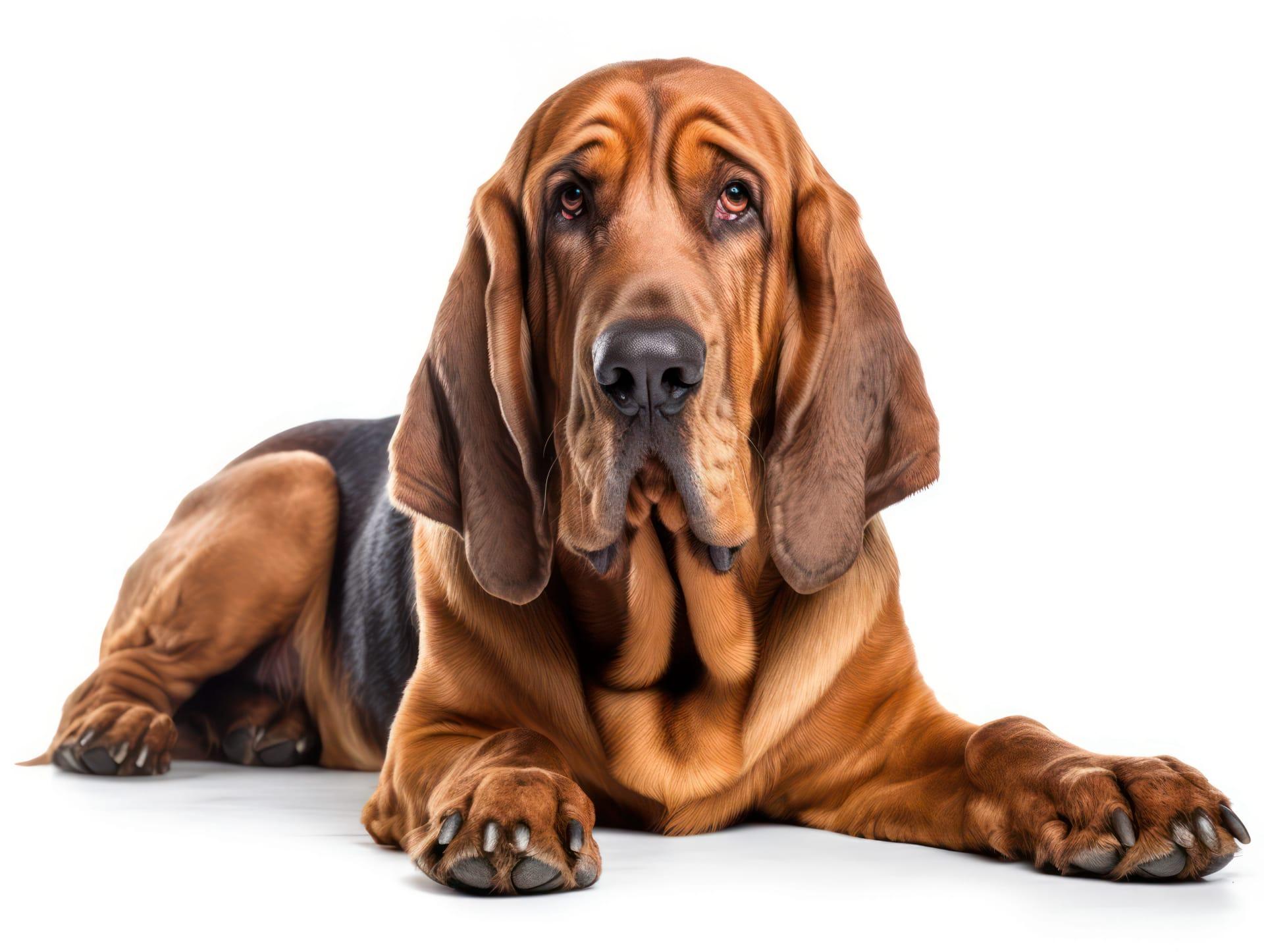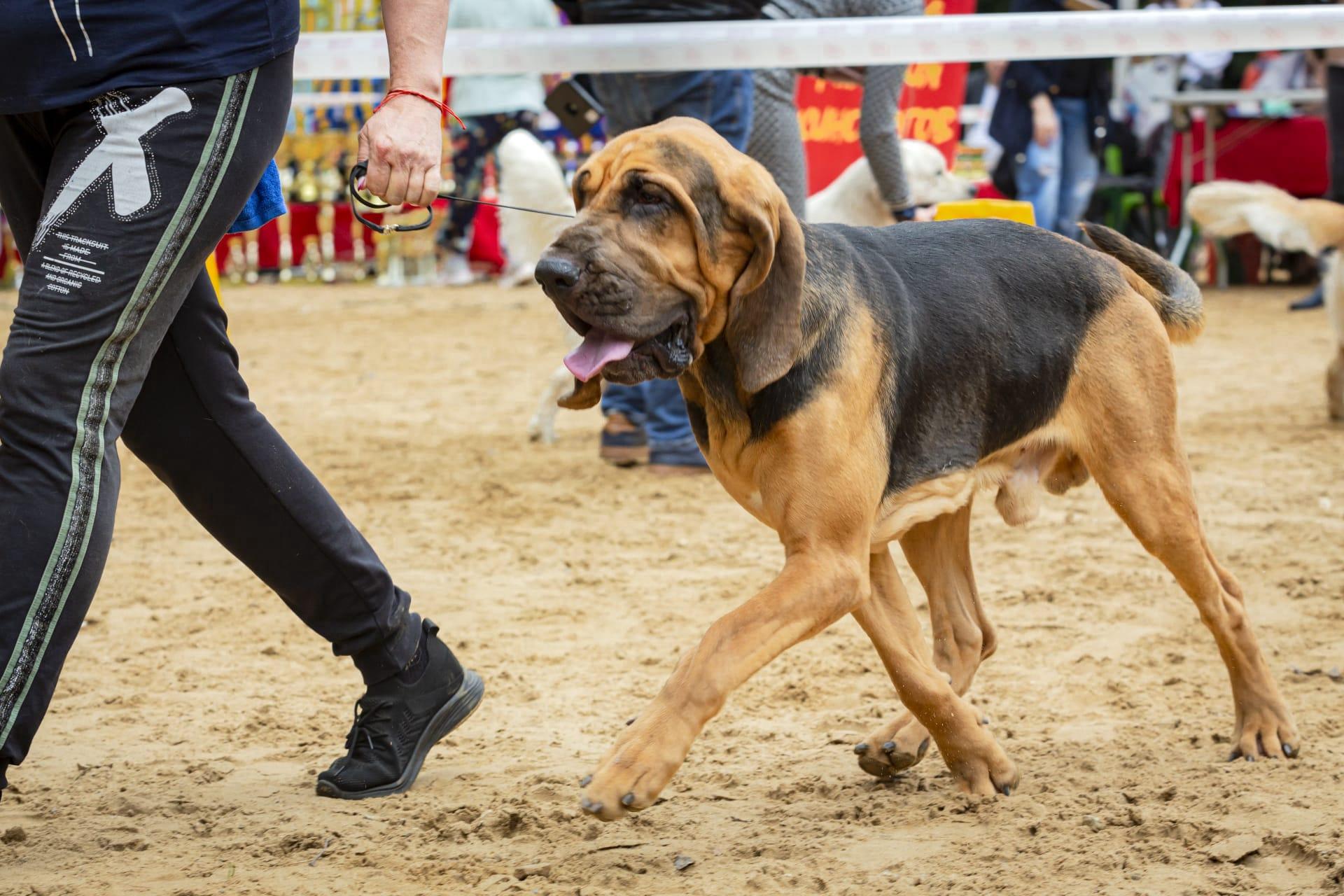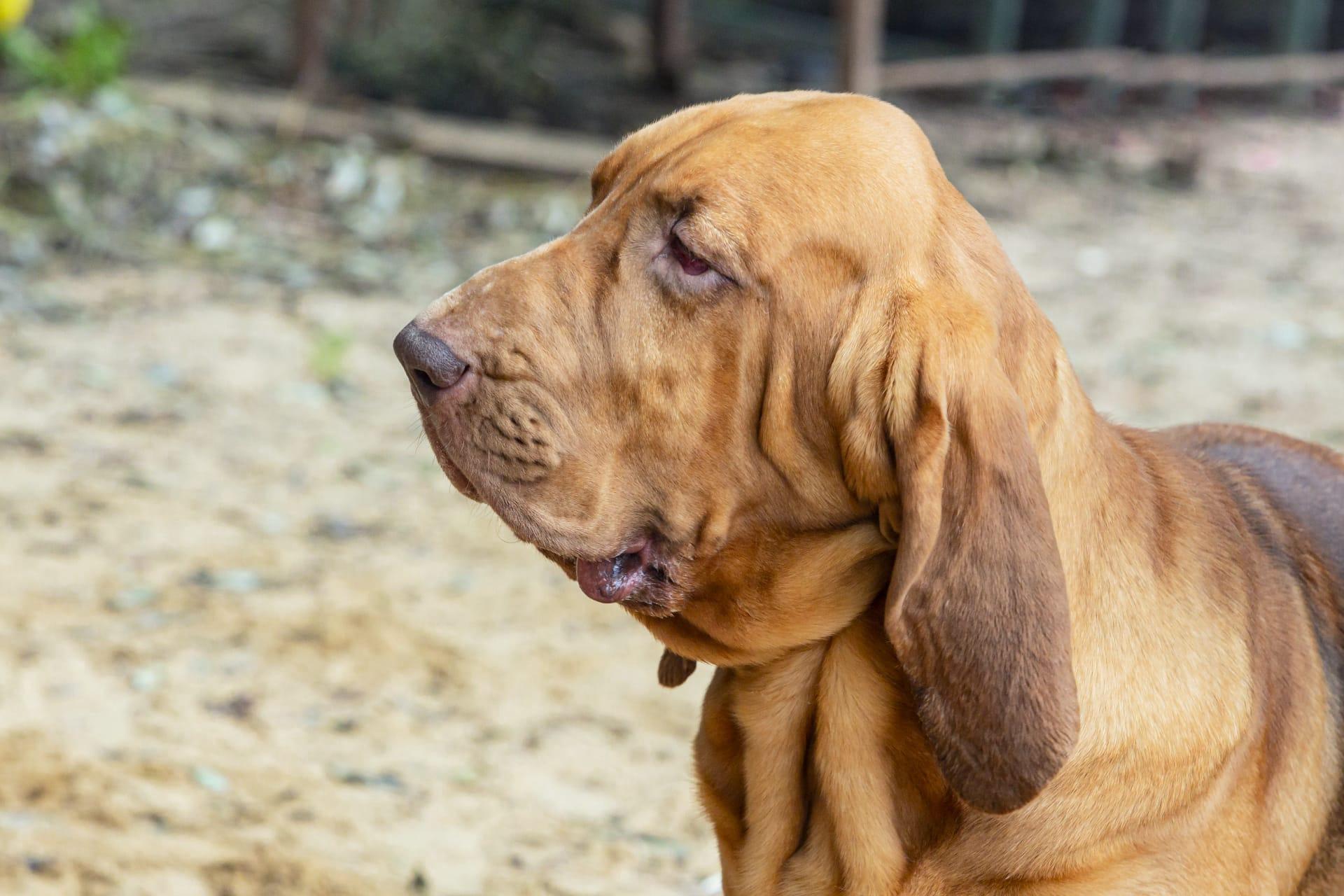1
Bloodhounds possess an extraordinary sense of smell, often regarded as unparalleled among canine breeds. Scientifically, it's been documented that Bloodhounds have around 300 million scent receptors in their noses; in comparison, humans have a mere 5 million. This incredible olfactory capability allows them to follow trails that are over 300 hours old, showcasing their unparalleled tracking ability. Their sense of smell is so reliable that evidence trailed by a Bloodhound has been admissible in a court of law, a testament to their accuracy and the trust placed in their abilities.
Bloodhounds have a distinct physical appearance characterized by their long, droopy ears and wrinkled skin, particularly around the face and neck. These physical traits are not just for show; they play a crucial role in the dog's tracking ability. The long ears help to sweep scents towards the nose, acting like a broom, while the wrinkled skin traps the scents closer to the face, allowing the dog to better analyze and follow the trail. This biological design enhances their natural ability to track scents over long distances and through challenging terrains, making them exceptional trackers.

2
The history of the Bloodhound dates back to medieval Europe, where they were bred by monks in the Abbey of Saint-Hubert in Belgium around the 8th century. Originally known as 'St. Hubert's Hounds', they were revered for their tracking abilities and were often gifted to royals across Europe. These dogs are considered one of the oldest breeds that have been kept pure, maintaining their lineage and exceptional tracking traits for centuries. This rich history underscores their esteemed place in canine and human history, serving both as loyal companions and as indispensable tools in search and rescue operations.
Despite their powerful tracking abilities, Bloodhounds are known for their gentle and placid demeanor. They are incredibly patient and good-natured, making them excellent family pets. However, their size, which can reach up to 110 pounds (about 50 kilograms), and their strength require that they be handled by individuals who can manage them with confidence. Their gentle nature is juxtaposed with their physical prowess, illustrating a fascinating balance that makes them both formidable trackers and affectionate companions.

3
Bloodhounds are utilized extensively in search and rescue missions due to their unparalleled tracking abilities. They can differentiate between individual human scents even in crowded or complex environments, making them invaluable in locating missing persons, fugitives, and even in disaster response situations. Their work in these areas is not just beneficial but often critical, with a single Bloodhound being credited with saving dozens, if not hundreds, of lives throughout its career. This capability to save lives underscores the profound impact that Bloodhounds have in support of human efforts.
Training a Bloodhound for tracking work starts as early as when they are puppies, emphasizing the importance of early and consistent training. This training harnesses their natural scent-tracking instincts and refines them to suit specific tracking needs. It's a process that requires patience, as a Bloodhound's tracking abilities mature fully around the age of two. This investment in training is met with significant rewards, as a well-trained Bloodhound becomes an unparalleled asset in tracking operations, capable of following a scent trail for miles.

4
Bloodhounds have a unique vocalization that is often described as a deep, melodious baying. This baying is not just a form of communication; it serves a practical purpose during tracking operations. The sound can travel over long distances, allowing handlers to keep track of their Bloodhound's location even when out of sight. This vocalization becomes a crucial tool in search operations, especially in dense terrains where visual contact is easily lost. It adds an auditory component to the Bloodhound's tracking abilities, making them even more effective.
The lifespan of a Bloodhound is typically 10 to 12 years, which is quite average for a dog of their size. However, their active years in tracking and search operations can be highly demanding, both physically and mentally. To support their health and longevity, Bloodhounds require regular exercise, a nutritious diet, and mental stimulation. These requirements not only help in maintaining their physical condition but also ensure that they remain engaged and active, reducing the risk of common health issues such as obesity and joint problems.

5
Bloodhounds have played a significant role in the development of other dog breeds, particularly those known for their scenting abilities. Their genes have contributed to the breeding of other hound breeds, spreading their remarkable tracking traits across various canine lines. This genetic legacy has amplified the Bloodhound's impact beyond their breed, contributing to the enhancement of search and rescue operations globally by providing a wider pool of scent-tracking dogs.
Despite their historical and practical significance, Bloodhounds are considered a vulnerable breed, with fluctuating numbers in recent years. Efforts to preserve the breed have been implemented by enthusiasts and breed organizations, highlighting the importance of maintaining genetic diversity and promoting responsible breeding practices. These efforts ensure the survival of the Bloodhound's unique characteristics for future generations, preserving their legacy and contributions to human society.